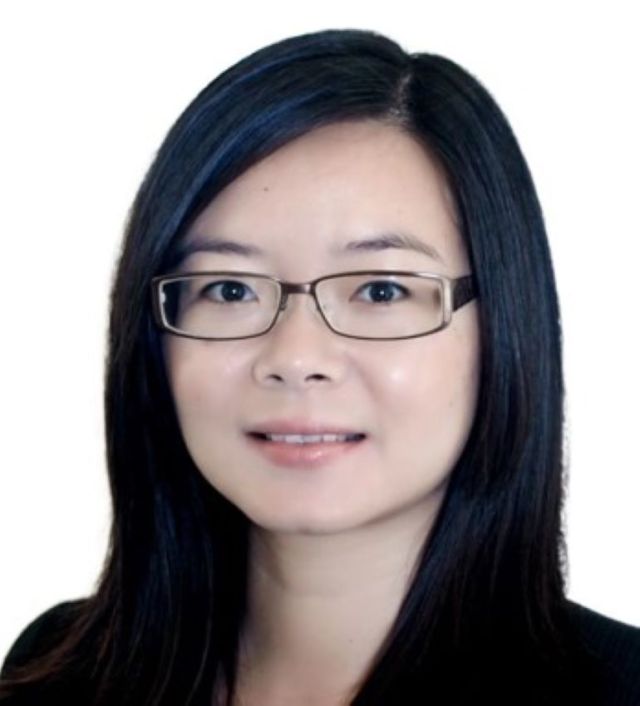
Huiqiong Zhou (NCNST China): "Interface Engineering in Organic Solar Cells"
Dr. Huiqiong Zhou is a professor of Physical Chemistry at National Center for Nanoscience and Technology (NCNST), China. She received her B.Sc. and M.Sc. degrees from Wuhan University and obtained her Ph.D. in Physical Chemistry from NCNST. Then, she joined the group of Nobel Laureate Prof. A. J. Heeger at University of California Santa Barbara as a Postdoctoral Researcher from 2010 to 2014. She joined NCNST as a professor to start her independent research in 2015. Dr. Zhou has contributed to more than 100 SCI publications. She was awarded 100 Top Young Scientists Program from the Chinese Academy of Sciences (2015), and National Science Fund for Excellent Young Scholars (2019). Currently she serves as a member of Editorial Board for ChemNanoMat journal, Editorial Advisory Board for Solar RRL journal, and also as a member of Young Advisory Board for ACTA PHYS-CHIM SIN, NanoResearch and Infomat journals. Her research interests focus on solution-processed organic solar cells and perovskite solar cells.
Abstract: Solution-processed organic solar cells (OSCs) have attracted much attention due to their low cost, flexibility and high transparency. Recently, the power conversion efficiency (PCE) of OSCs is approaching 20%. However, the unsatisfied interface issues limit further improvement in PCEs and stability of OSCs, through affecting the physical processes such as exciton separation and/or charge transport/extraction/recombination in the device. Our recent study on interface engineering in OSCs has shown that the introduction of new electron transporting material Ir/IrOx can enhance the PCE and suppress the photodegradation at the commonly used ZnO cathode interface, achieving device life times over 10000 hours of storage and thermal stability which is one of the most stable OSCs (Nat. Commun., 2023, 14, 1241). An original strategy for selecting an optimal interfacial layer based on the surface energy has been proposed, to optimize the morphology of the active layers by regulating the surface energy and its microscopic distribution of the interface layer (Adv. Mater., 2018, 30, 1801801; Adv. Mater., 2019, 31, 1806921; Joule, 2021, 5, 3154). At the end, we have constructed semi-transparent devices by utilizing optical microcavities, achieving high uniformity of device transmission and controllable adjustment of reflection color (Adv. Mater., 2023, 35, 2303844), which offers a viable design strategy for semi-transparent OSCs toward applications in next-generation smart photovoltaic windows.